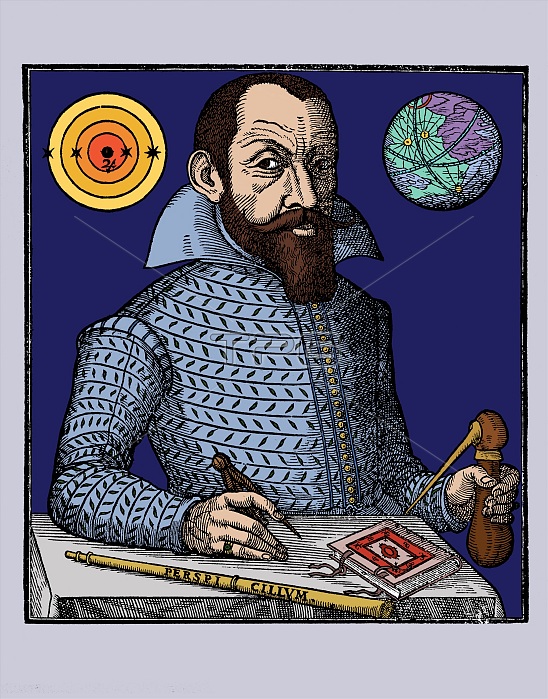
Simon Marius (January 20, 1573 - January 5, 1625) was a German astronomer. In 1614 Marius published his work Mundus Iovialis describing the planet Jupiter and its moons. Here he claimed to have discovered the planet's four major moons some days before Galileo Galilei. Marius discovered the moons independently, but started keeping notes one day later than Galileo, when Marius's date in the Julian calendar is increased by 10 days to convert to the Gregorian calendar used by Galileo. Regardless of priority, the mythological names by which these satellites are known today (Io, Europa, Ganymede and Callisto) are those given them by Marius. also observed the Andromeda "nebula", which had also been known to Arab astronomers of the Middle Ages. Discussion of Marius's work is scarce, but what exists tends to note his skill as an observer, including: 1) in 1612 he measured the diameter of the Andromeda nebula and discerned it as having a dull, pale light which increased in brightness toward its center, like "a candle shining through horn", 2) he detected the spurious disks of stars created by his telescope, 3) from his observations of the Jovian moons he derived better periods of revolution and other orbital elements for them than did Galileo, 4) he observed the location of Tycho Brahe's supernova of 1572 and found a star there which he estimated to be "somewhat dimmer than Jupiter's third moon." He died in 1625 at the age of 51.
| px | px | dpi | = | cm | x | cm | = | MB |
Details
Creative#:
TOP22174630
Source:
達志影像
Authorization Type:
RM
Release Information:
須由TPG 完整授權
Model Release:
N/A
Property Release:
No
Right to Privacy:
No
Same folder images:

 Loading
Loading